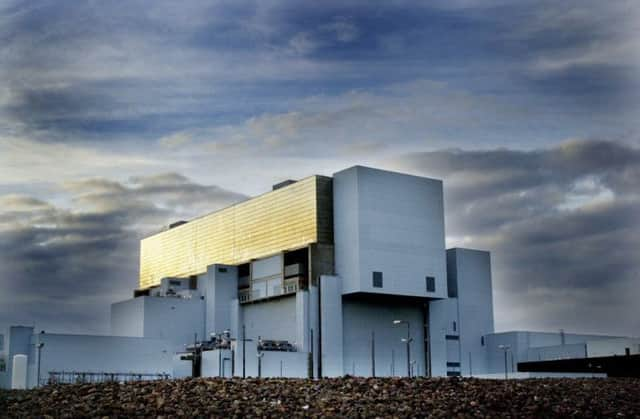Big winter freeze ‘to shut down UK factories’


It comes after a series of power station closures brought the prospect of an energy crunch closer than in eight years.
Bad weather of the kind seen in early 2010 could put so much strain on the National Grid that it has to turn to “last resort” contingencies such as the factory shutdowns and firing up unused power plants.
Advertisement
Hide AdAdvertisement
Hide AdEven then, there remains a one-in-31 risk of needing emergency measures including voltage-reduction “brown outs” – effectively dimming the lights.
This risk is the same as last year but only because of being able to ask industrial customers to reduce peak demand and to ensure extra reserve capacity. These contingency arrangements are expected to cost customers an additional £1 on household bills.
Rachel Fletcher, senior partner for market at regulator Ofgem, said it was a “very small price to pay for ensuring the security of supply we all expect”. But she admitted “no system is 100 per cent reliable”.
Critics derided the policy as a “shambles” and said the system was a “slow-motion car crash”.
National Grid’s winter outlook, unveiled at an Ofgem seminar in London, revealed the capacity margin this winter was expected at 4.1 per cent, the narrowest since 2006-7.
The measure – the gap between generating capacity and peak demand – could narrow to 2.8 per cent in the event of bad UK weather of the kind last seen in February and March 2010.
This would see National Grid unable to meet its “basic reserve requirement” of spare capacity needed to run the system and forced to implement contingency arrangements. Earlier this year it signed deals with 431 industrial sites which will be paid to shut down at peak hours.
The energy picture has worsened since the summer when measures were first set out. Fires have resulted in the shutdown of the Ironbridge power station in Shropshire and the temporary closure of Ferrybridge in West Yorkshire. Another power station, at Barking, is also to close, while a planned return to service for four EDF nuclear reactors in Morecambe, Lancashire, and Hartlepool, Teesside, will see them come back at only 75 per cent capacity.
Advertisement
Hide AdAdvertisement
Hide AdCordi O’Hara, the grid’s director of market operation, said: “The outlook remains manageable and well within the reliability standard set by government.”
But Dan Lewis, an Institute of Directors’ adviser, said: “Britain’s energy crisis is like a slow-motion train crash. Paying businesses to cut power use at peak times to keep the lights on is no way to run a modern economy.”
Gary Smith, national secretary for energy at the GMB union, said: “If there is a cold snap this winter, the only way to keep the lights on is to shut down large swathes of British industry. This isn’t a policy, it is a shambles.”
Shadow energy secretary Caroline Flint said: “The security of our energy supply has not been helped by the fall in investment under this government.”
Energy minister Matthew Hancock said: “We are working through a long-term plan to turn around a legacy of underinvestment in our energy sector.”